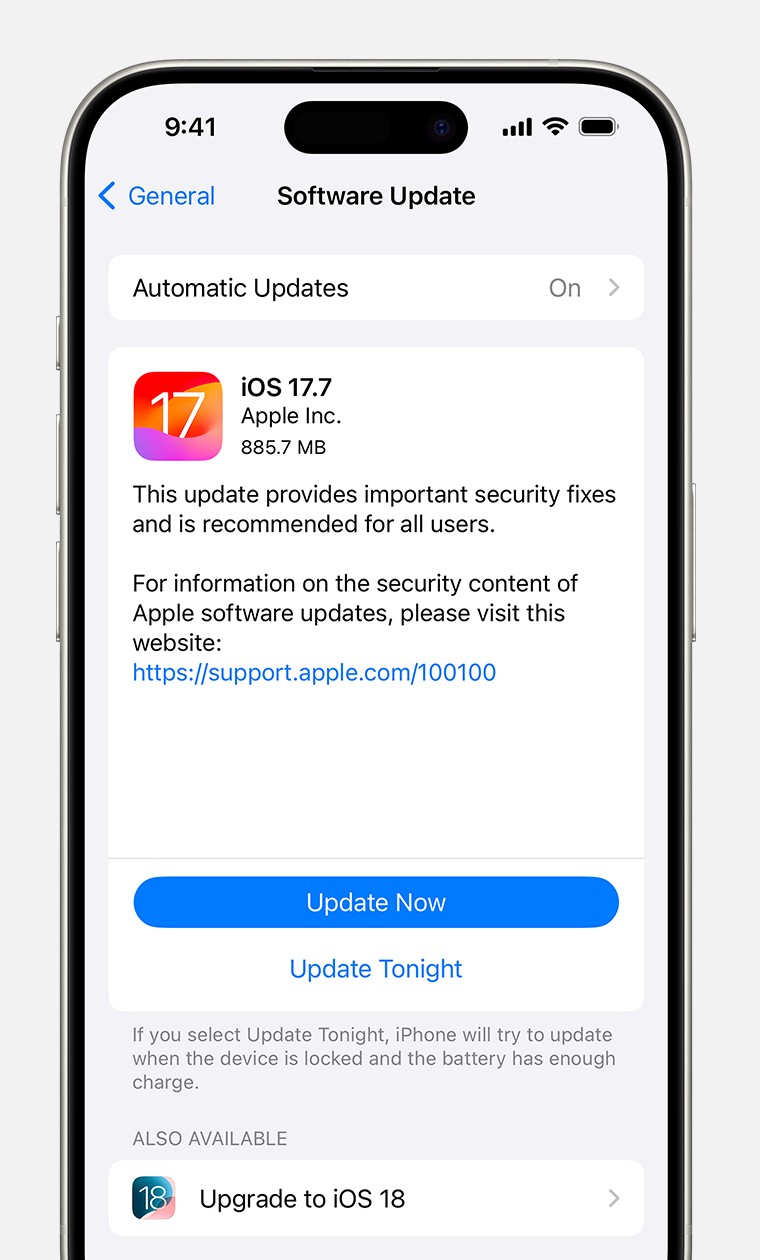Keeping your iPad updated is crucial for optimal performance, security, and access to the latest features. Whether you’re a long-time iPad user or considering purchasing one, understanding the update process and how it impacts your device is essential. This guide will walk you through everything you need to know about updating your iPad, ensuring a smooth and efficient experience.
Updating your iPad to the latest version of iPadOS is generally a straightforward process, and Apple provides two primary methods: wirelessly and manually using a computer. Let’s explore both to help you decide the best approach for your needs.
Updating Your iPad Wirelessly: The Simplest Method
For most users, updating wirelessly is the most convenient way to keep their iPad software current. Here’s how to do it:
-
Backup Your iPad: Before initiating any update, it’s always wise to back up your data. This safeguards your information in case anything unexpected occurs during the update process. You can back up using iCloud or your computer.
-
Connect to Power and Wi-Fi: Ensure your iPad is plugged into a power source and connected to a stable Wi-Fi network. A strong Wi-Fi connection is necessary for downloading the update files.
-
Navigate to Software Update: Open the Settings app, then tap General, and finally select Software Update.
-
Choose Your Update: Your iPad will now check for available updates. If multiple options appear, select the one you wish to install. Typically, it’s recommended to choose the latest version for the most up-to-date features and security enhancements.
-
Install the Update: Tap Install Now. If you see “Download and Install,” tap that first to download the update files, enter your passcode if prompted, and then tap Install Now. If you’ve forgotten your passcode, Apple provides resources to help you recover it.
Troubleshooting Wireless Updates
Occasionally, you might encounter alerts or issues during a wireless update. Common problems and solutions include:
- Alert Messages: If you receive an alert message during the wireless update process, Apple offers specific troubleshooting guides to address these issues.
- Insufficient Space: If a message indicates a lack of storage space, you can choose to temporarily allow the system to remove apps for the update. These apps will be automatically reinstalled afterward. Alternatively, you can manually free up space by deleting unnecessary content.
- VPN or Proxy Issues: VPN or proxy connections can sometimes interfere with your device’s ability to connect to update servers. Try disabling these connections before attempting to update.
Exploring Automatic iPad Updates
For ultimate convenience, iPads offer automatic software updates, ensuring your device stays current without manual intervention.
Enabling Automatic Updates
-
Access Software Update Settings: Go to Settings > General > Software Update.
-
Turn on Automatic Updates: Tap Automatic Updates to toggle it on.
-
Enable iPadOS Updates: Activate iPadOS Updates. With this enabled, your iPad will automatically update to the latest version of iPadOS overnight while charging. Keep in mind that some major updates might still require manual installation.
Understanding Rapid Security Responses
Rapid Security Responses are a valuable feature that delivers critical security improvements swiftly, often before they are bundled into larger software updates.
To enable automatic Rapid Security Responses:
- Navigate to Automatic Updates: Go to Settings > General > Software Update > Automatic Updates.
- Activate Security Responses & System Files: Turn on Security Responses & System Files.
If you prefer manual control, you can also install Rapid Security Responses like regular software updates. If necessary, you can remove a Rapid Security Response through Settings > General > About > iPadOS Version > Remove Security Response. Reinstallation is possible later, or it will be included in a standard software update.
Choosing the Right iPad for Long-Term Updates
When comparing iPads, consider their update longevity. Newer iPad models generally receive software updates for a longer period compared to older generations. This means investing in a more recent iPad can ensure you benefit from the latest features, security patches, and performance improvements for years to come.
While older iPads might still function, they may eventually become incompatible with the newest iPadOS versions. This could lead to limitations in accessing new apps, features, and potentially expose them to security vulnerabilities. Therefore, when you Compare Ipad options, factor in the expected lifespan of software updates as a key consideration, especially if you plan to use your device for several years.
Upgrading to the latest iPadOS offers numerous advantages, including enhanced features, robust security updates, and bug fixes that contribute to a smoother user experience. However, it’s worth noting that not all features are available on every iPad model or in all regions. Furthermore, factors like network conditions and individual usage patterns can influence battery and system performance after updates. Actual performance results may vary.
By understanding the iPad update process and considering software update longevity when choosing an iPad, you can ensure your device remains secure, efficient, and enjoyable to use for a long time.

